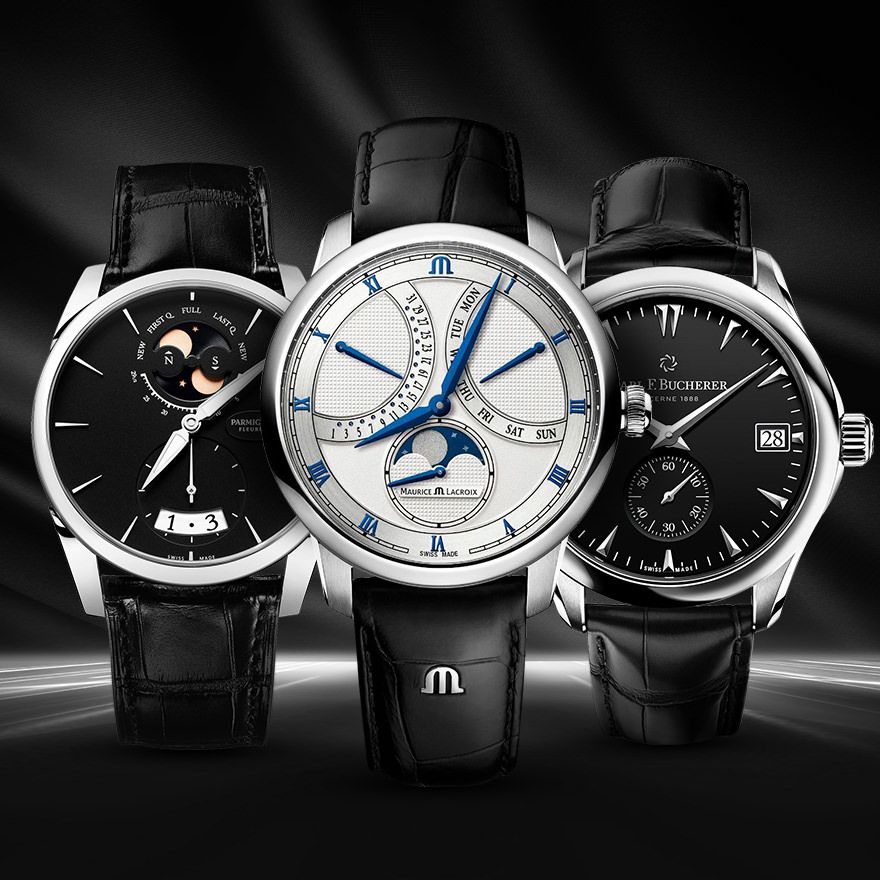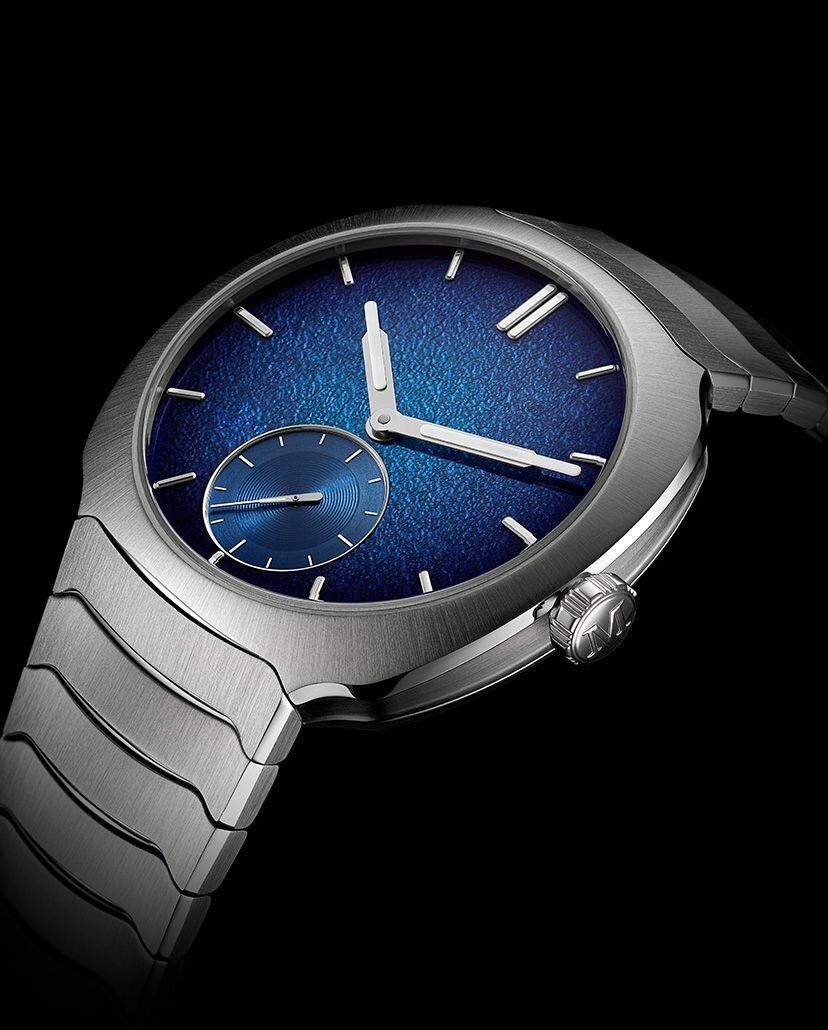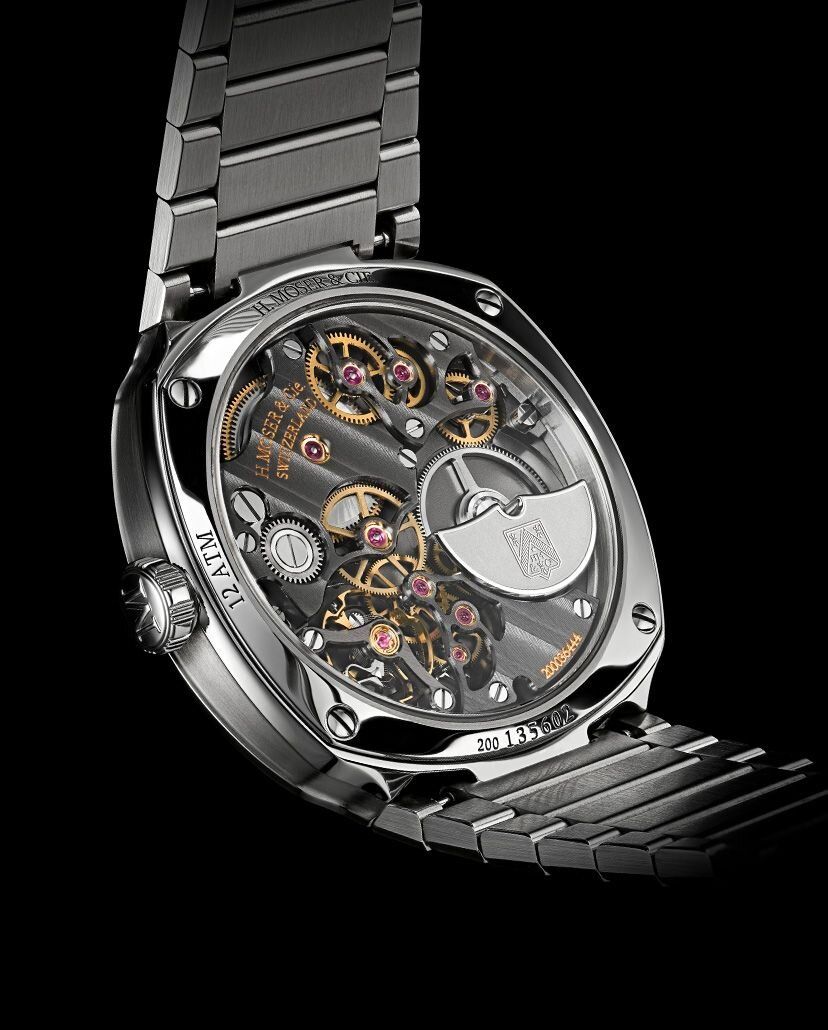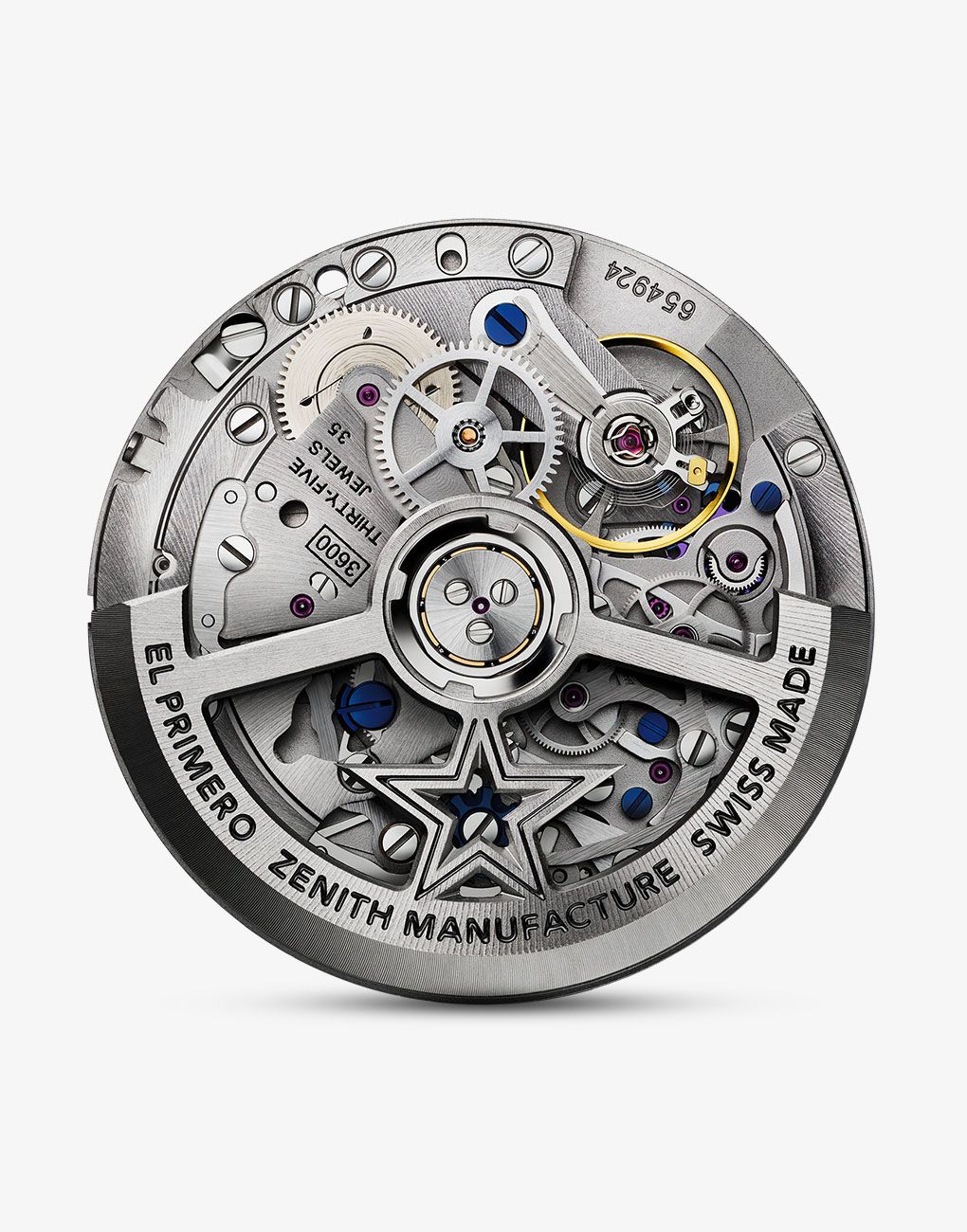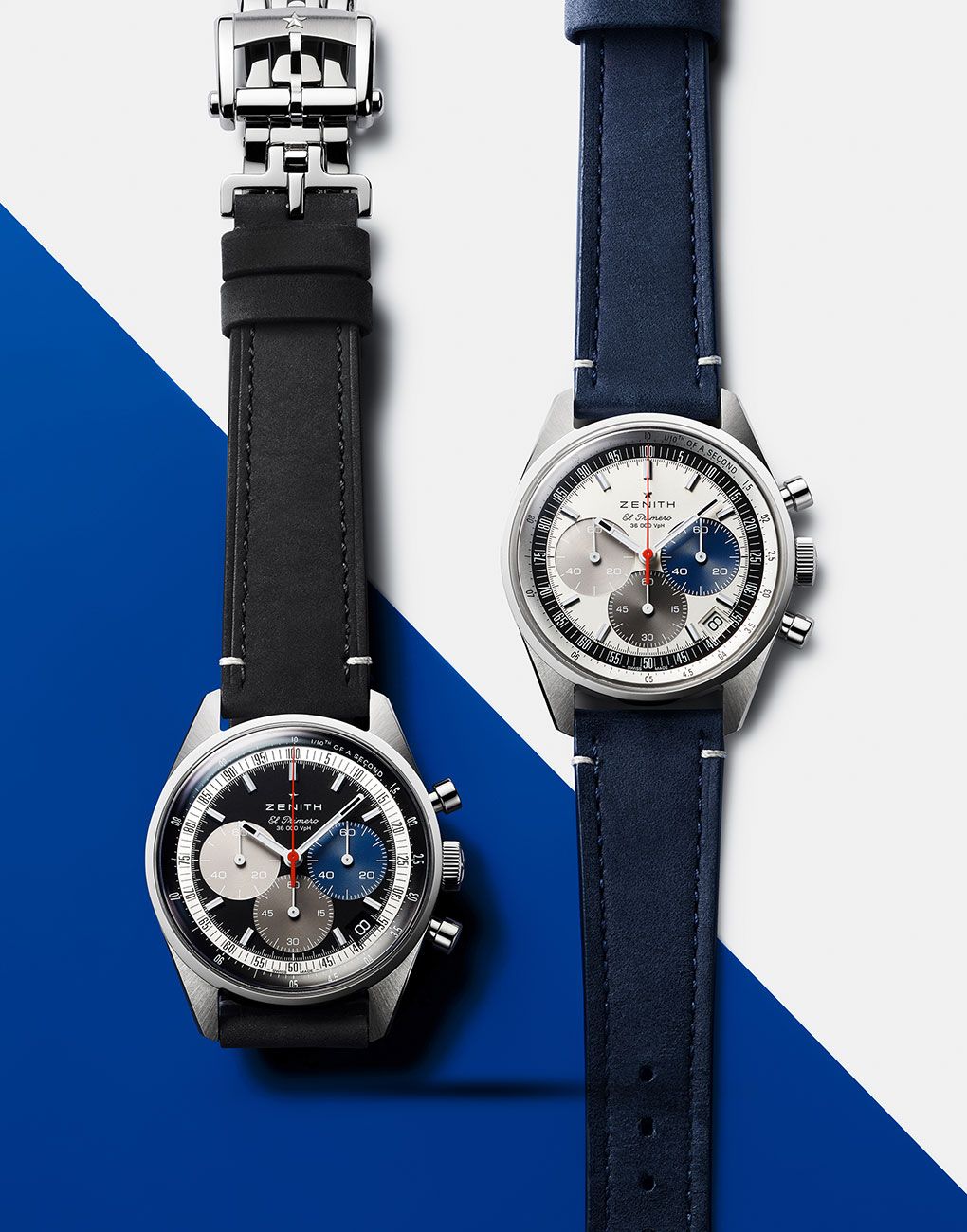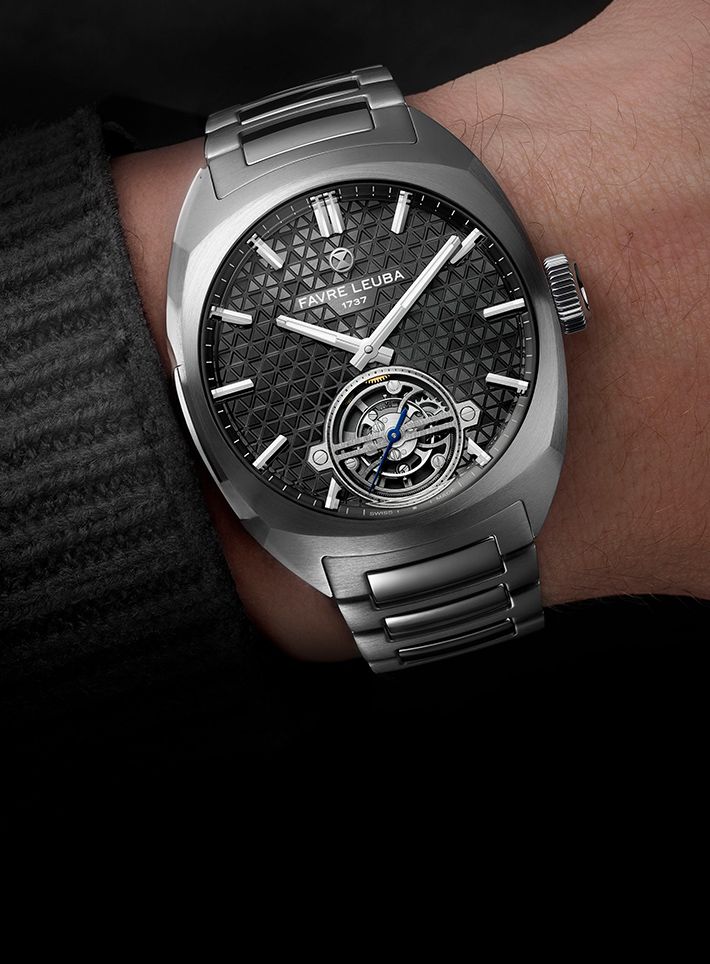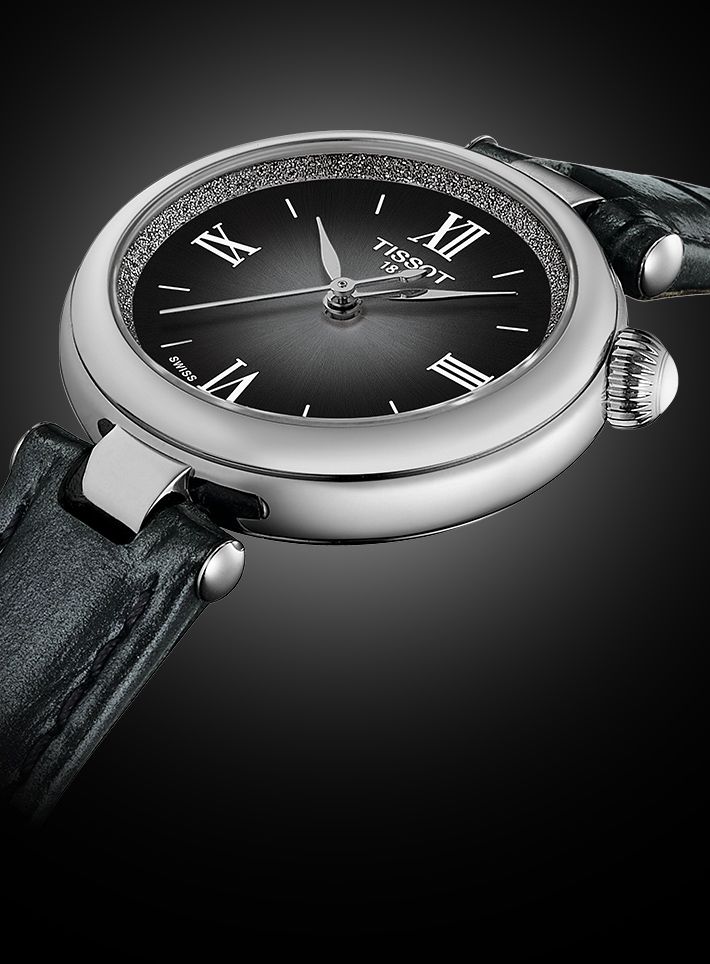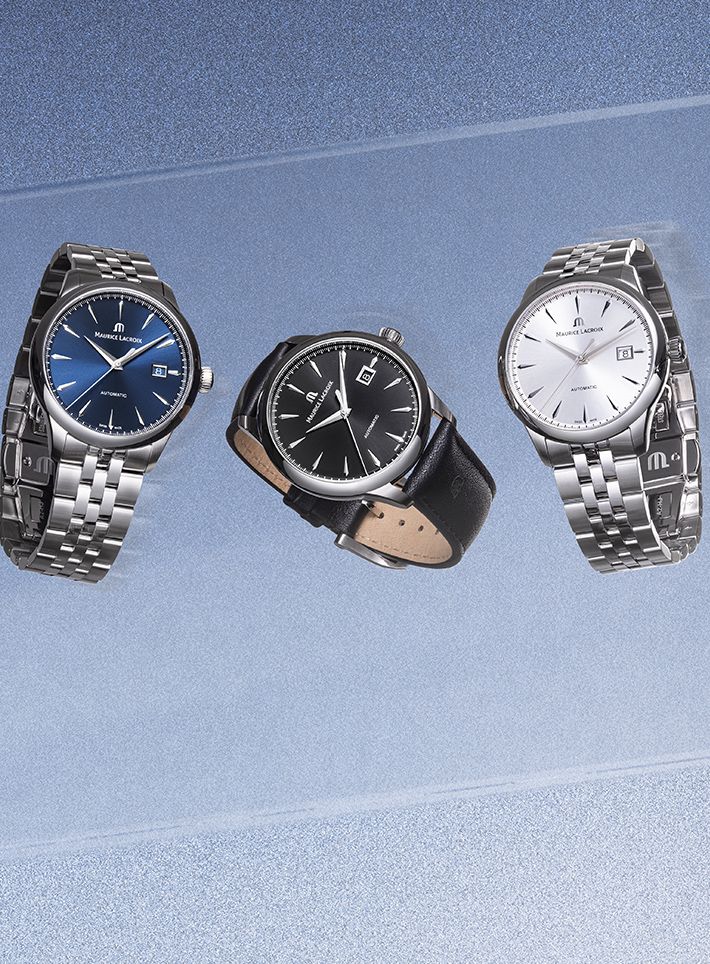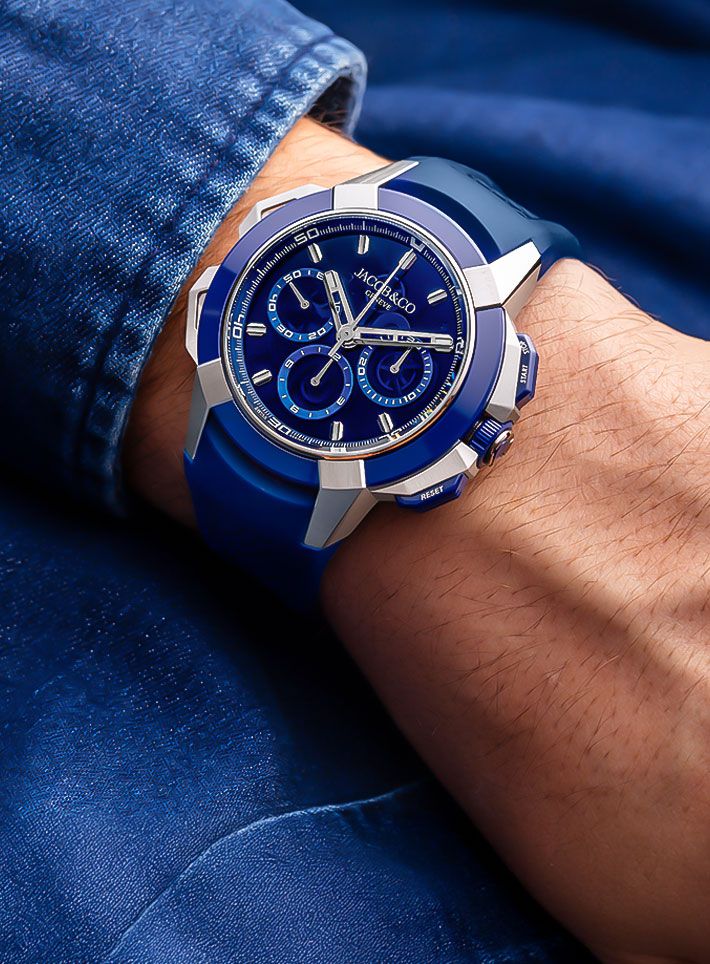FeatureThe Kaleidoscopic World Of Movement Finishing And Decoration
A peek into the world of varied movement finishes and decoration within mechanical watches, techniques used to create then, their purpose and evolution as of today
May We Recommend
To bask in the true glory of a mechanical wristwatch, just flip it around. More than often, you are greeted with an exhibition caseback, offering stellar views of the intricate movement, with its gear train and parts such as the balance wheel, oscillating weight (rotor), etc, in full motion. What further elevates the finesse of these watch parts is their artisanal finissage or movement finishes or decoration down to the minutest detail. It’s usually a mix of elaborate hand-engraved finishing, polishing, and a merry sprinkle of synthetic rubies and blued screws. Despite often being a mismatch in shape, colour and texture, movements components are orchestrated to appear like one cohesive jigsaw puzzle that that comes to life as soon as the final component is added in assembly or as soon as the watch is wound even a little. It’s almost like broken coloured glass rearranging itself into beautiful imagery inside the lens of a kaleidoscope.
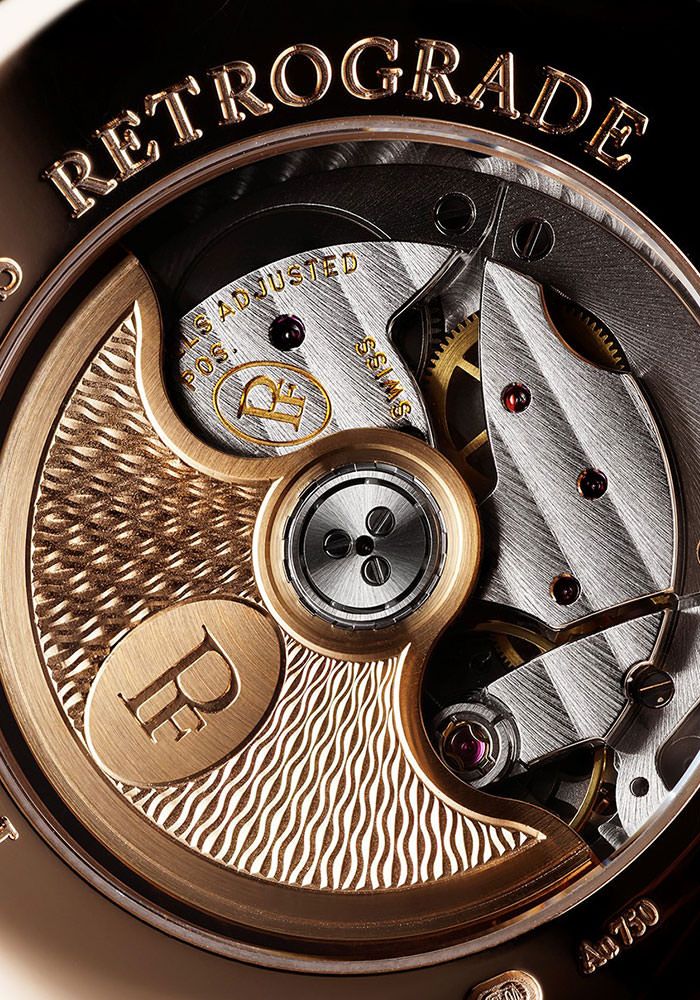
Movements and movement finishes are of utmost importance for serious watch collectors looking to acquire their next mechanical watch. Grand Seiko, Ulysse Nardin, Bovet, Breguet, Jacquet Droz, A. lange & Söhne… almost every top mechanical watchmaker have their own watchmaking factories to produce in-house movements and finishes, accomplished by generational, highly skilled artisans. A slew of lathes, hand-drills, and files are used on movement parts made from either traditional materials such as gold, brass, steel, and modern-day ones like alloys, metalloids, titanium, and even wood. Certain watch brands are known for their select finishing techniques. Abraham-Louis Breguet pioneered and promoted artisanal finishes such as grenaillage (fine graining) devised to make the movement surface corrosion-resistant. Grand Seiko gained fame for inventin spéculaire finishing or black polishing, used on steel bridges, levers, screws, to create a mirror-like surface finish that appears black from certain angles.
Movement Finishes: A Crash Course
Take, for instance, this exquisite movement calibre PF317 that beats within the 18-karat rose-gold wonder that is the Parmigiani Fleurier Toric Hémisphères Rétrograde. From its sapphire crystal exhibition caseback, one can view the rotor, made from 22-karat gold with an engraved logo and the brand’s signature barleycorn pattern via guilloche work (which basically means engraving on metal). The rest of the movement is finely decorated with Geneva stripes (also known as Côtes de Genève/Geneva waves/Glashütte striping, involving broad parallel stripes, found on mass-produced, cheaper movement parts such as bridges, rotors and plates) and perlage (circular-graining or stippling created by using a rotating peg).

Then, there’s the entire category of skeletonised watches, where parts of the case and dial are removed to create an open-worked framework and reveal the movement beating within. Even movements for skeleton watches are reworked to remove or reduce flat surfaces, which are not absolutely necessary and might block the view, in order to improve transparency through and through. A case in point is the 4mm thick manual-winding A&S5201 calibre that powers the Arnold & Son Nebula 41.5MM Steel watch—’giving sculptural movement the impression of a cosmic explosion’ as brand state. The two-toned movement features palladium-treated bridges, a rhodium-plated balance wheel, a blue PVD-treated main plate, barrel covers and dial flange, and 24 jewels in purple. The main plate and the ratchet wheels on the reverse, are made rife with rayons de la gloire (French for ‘rays of glory’—a distinct spiky brushed finish emanating from the centre to across the bridges)’, like the wavy sunray brushed finish (radial lines shooting from the coaxial, which changes brilliance, depending on the way light shifts). Also prominent on the bridges is the usage of anglage (the chamfering and bevelling of the edges at 45-degree angles, smoothed with abrasives, burnished with diamond paste).
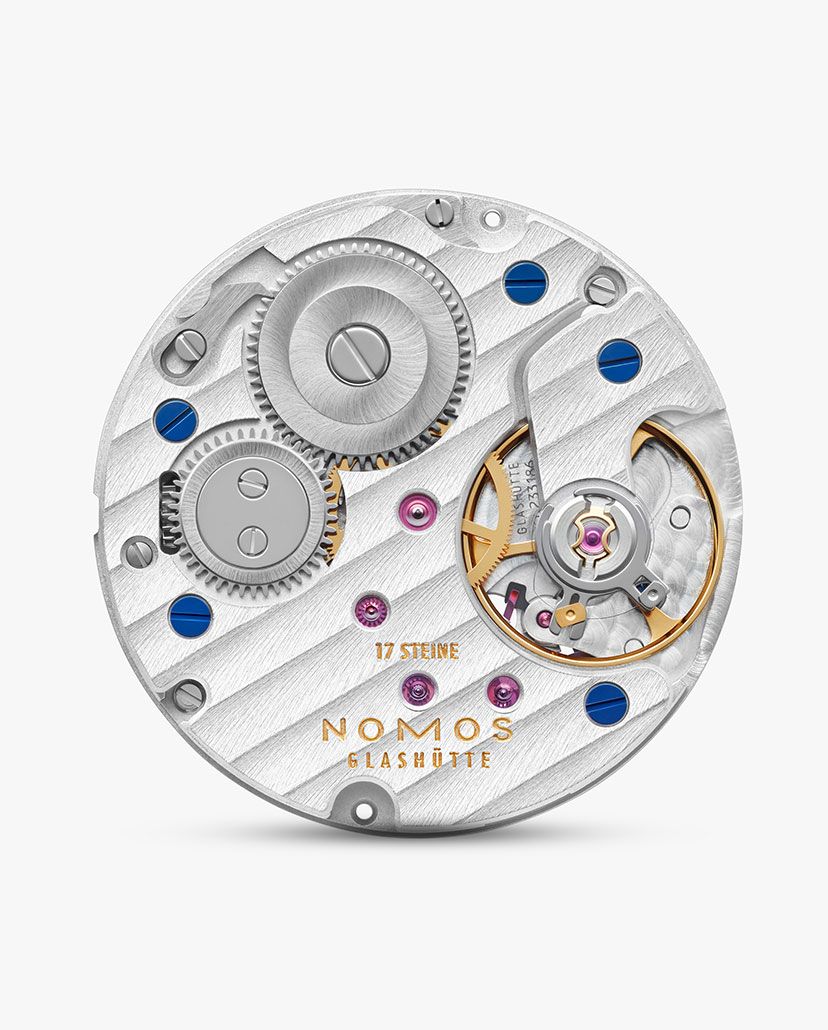
Producing movement finishes is a test of patience. The laborious activity can span across days or even weeks. For instance, there’s the unique chamfered angle rentrant finish that Bovet used on their in-house movement R28-70-00X of their latest award-winning watch, the Prowess 1. This hand finish involves bevelling and polishing sharp inward-facing angles at 90 degrees, which is impossible to achieve via machine tools. “Each angle rentrant requires one hour of labour, and this movement has 47 of them, so it took 47 hours just to complete this one finish on the watch,” explains Keith Strandberg, head of content at Bovet.
Movement Finishes: Why Finissage Was Birthed
The concept of finissage on mechanical watch movements began in the era of pocket watches to prevent decay and cover the dents caused by the cutting machines. Techniques such as bevelling and chamfering kept rust and oxidation in check. Traditional finishing like Côtes de Genève or perlage were designed to trap dust particles that strayed into the caseback to prevent damage to the watch. These designs, however, remained hidden from the public eye almost throughout the era of pocket watches because the watches had closed casebacks. The only people privy to this craft work then were professional watchmakers who opened the watch to repair it and collectors who wanted to admire it.
This changed somewhere in the late 1800s, when watchmakers like the Édouard Bovet began to make watches with exhibition casebacks. The Swiss watchmaker has elaborate hand-finished movements with appliques and colours. Back then, the he had a sizeable market in China, and his movements became a talking point among Chinese watch collectors, who bought Bovet watches only to pry open the caseback and show off the decorative movement to their friends. “We (the present-day Bovet brand, revived in 2001) were elated to learn about this development but realised that doing this allowed dirt to enter and harm the movement. We became the first brand to introduce the exhibition caseback and display our beautiful decorative surfaces movements without having to open the caseback,” informs Strandberg of Bovet.
The Advent Of New Finishes
Watchmakers do not only rely on old finishing techniques but introduce new finishes—though few and far in-between—that complement their brand ethos. In April 2024, Bovet caused a stir with their Récital 28 Prowess 1 timepiece, which solved a centuries-old problem of a mechanical watch being capable of adapting and recording the Daylight-Saving Time (DST) as it differs across the 24 global time zones. For this feat, Bovet won the ‘mechanical exception’ prize at the 2024 Grand Prix d’Horlogerie de Genève (GPHG), but was also lauded for its calibre, the R28-70-00X. Comprising 744 parts entirely hand-engraved, this movement is rife with artisanal decorative surfaces, with circular graining and Côtes de Genève finishing on the base plate. But more importantly, the bridges, especially in the lower half of the movement, debut Bovet’s very own hand-engraved finish, which they call ‘rays of light’.
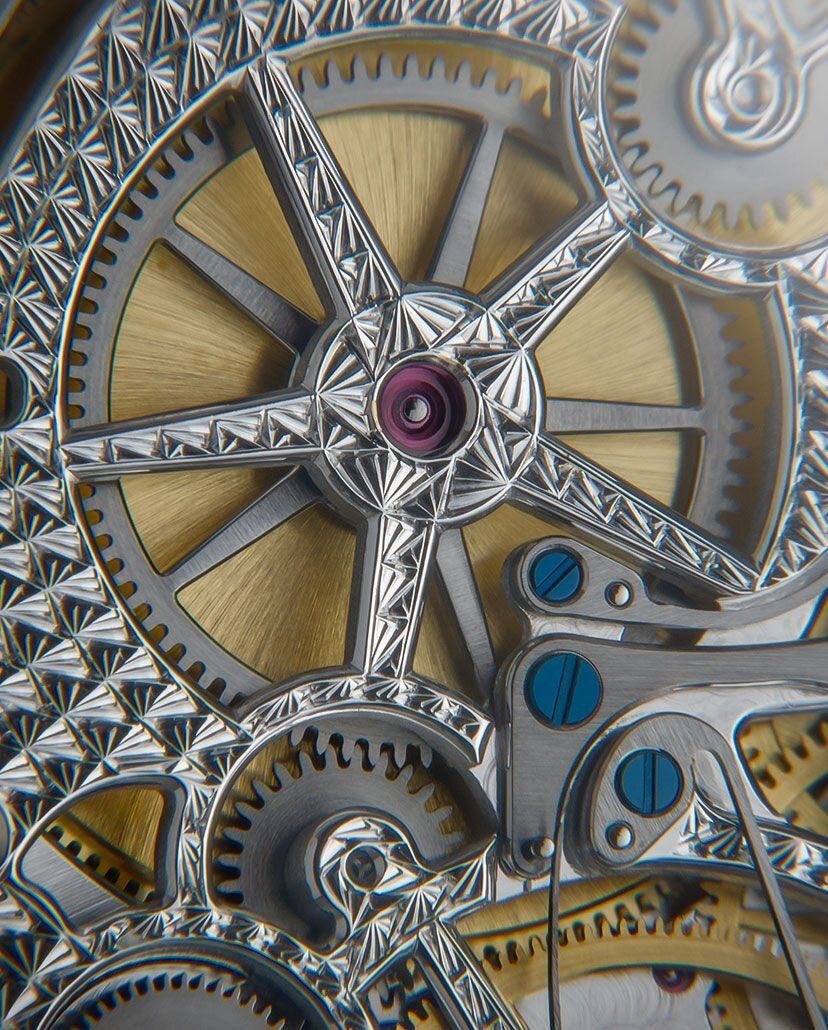
This finish—a sea of repetitive triangular spokes, spread throughout the bridges, visible via the open-worked caseback—was invented at the behest of Pascal Raffy, who revived the brand in 2001. According to Strandberg, while developing the Récital 28, Raffy decided to move the flying tourbillon’s position to 12 o’clock, instead of its usual place at six o’clock in Bovet watches, where instead he placed the world time mechanism with its 24 adjustable rollers. “He (Raffy) saw this placement like the [flying tourbillon] sun shining down on the [world timer] Earth. Going with this theme, he had said, ‘I want to develop a new kind of engraving that transmits the rays of the sun across the movement.’ Our lead engraver designed this special engraving, and called it ‘rays of light’.”
Closed or open casebacks, watchmakers today continue to lavishly decorate their movements. Bovet, for that matter, combine engraved movement finishes such as chiselling (done by hand with a hammer and chisel) with their floral Fleurisanne signature engraving style, even taking customised requests. “We hope the watchmaker or patron, who opens a Bovet timepiece, say even some 100 years later, marvels at the work that we’ve done,” says Strandberg, with a hopeful smile.
